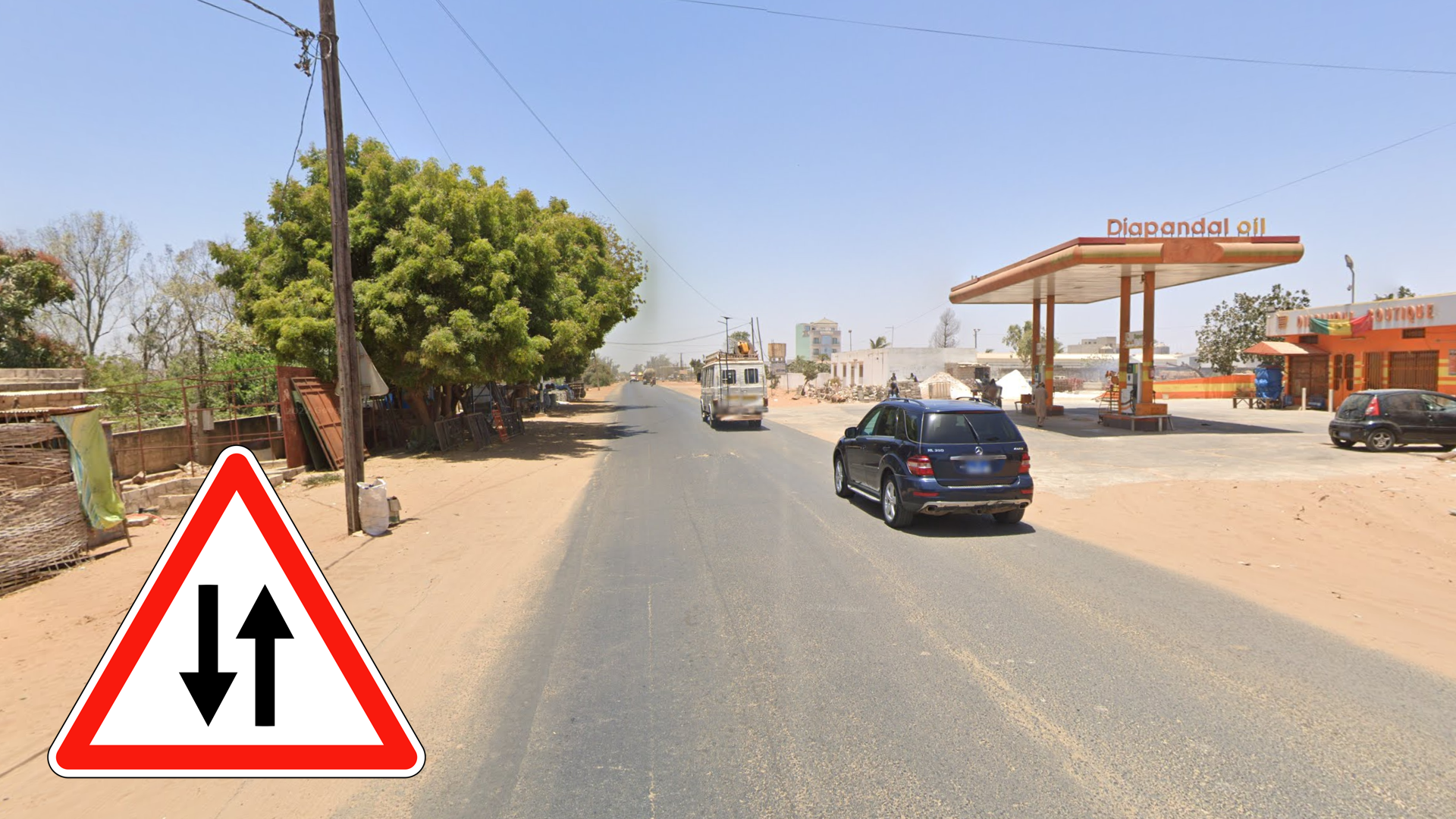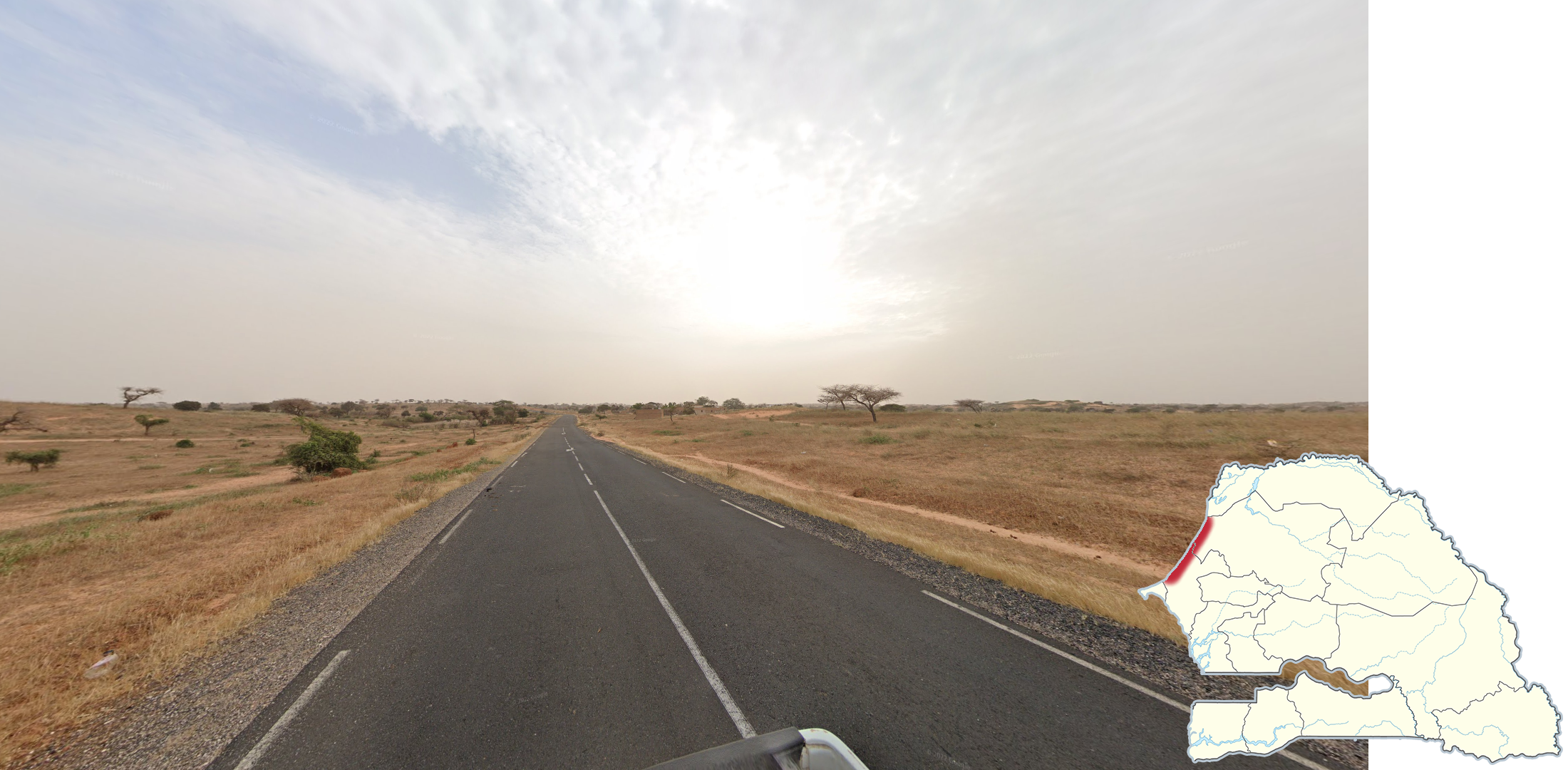
Senegal
A silver or white truck cab is visible in the Generation 4 coverage. Several variants of each exist, most of which are region or road specific. The most useful and recognizable ones will be shown in the spotlight section. For a complete overview, see this document by Lupus.
In the area around Dakar and Thies you can also find a black pick up truck.
NOTE: The car may sometimes be fully blurred. Make sure to look at the landscape or other clues in the absence of car meta.
This is a coverage map of Senegal. Most of the coverage is west of Touba, with very few roads apart from main roads covered in the east.
You can click on the image to enlarge it. Alternatively, you can look at the coverage in more detail on this site.
The vegetation in the region south of The Gambia is more lush and green compared to the rest of Senegal, and palm trees can be seen closer to the coast.
NOTE: Coverage toward the west will also be especially tropical. In addition, make sure not to confuse the south with some coverage near Dakar, which can look deceivingly green. However, here the vegetation will look a lot more low and coastal.
Diourbel Region is the only region in Senegal with extensive rural coverage. The coverage in the region will look like this, with the Google Car driving on a sandy road with sparse trees. Some of the coverage extends to the west in the Thies region up to Babou.
NOTE: The sand in the coverage around Touba tends to be more grassy.
The silver Generation 4 car with a long antenna at the front left can be seen on many roads, but none past the eastern border of Diourbel Region.
NOTE: The antenna is visible even if the car is blurred.
Roads
Cars
The silver Generation 4 car with a box in the back right of the cab can mainly be seen on the road between Richard Toll and Louga, and the N3 between Tiourene and Matam. It can also be seen on the dirt road hugging the Mauritanian border, from Matam to Gassamberi. Finally, it can be seen on a few roads near Diolotène.
Towns & Cities
GeoGuessr’s own official maps are not very good, for a variety of reasons. Plonk It recommends the following maps instead:
A Balanced Senegal (map link) - A balanced map of Senegal with 100K+ locations. May not be pinpointable.
In addition, here are some resources to help you practise Senegal:
Plonk It Senegal (map link) - This map contains locations for practising each meta in the Plonk It Senegal guide from step 2 to 3.






































